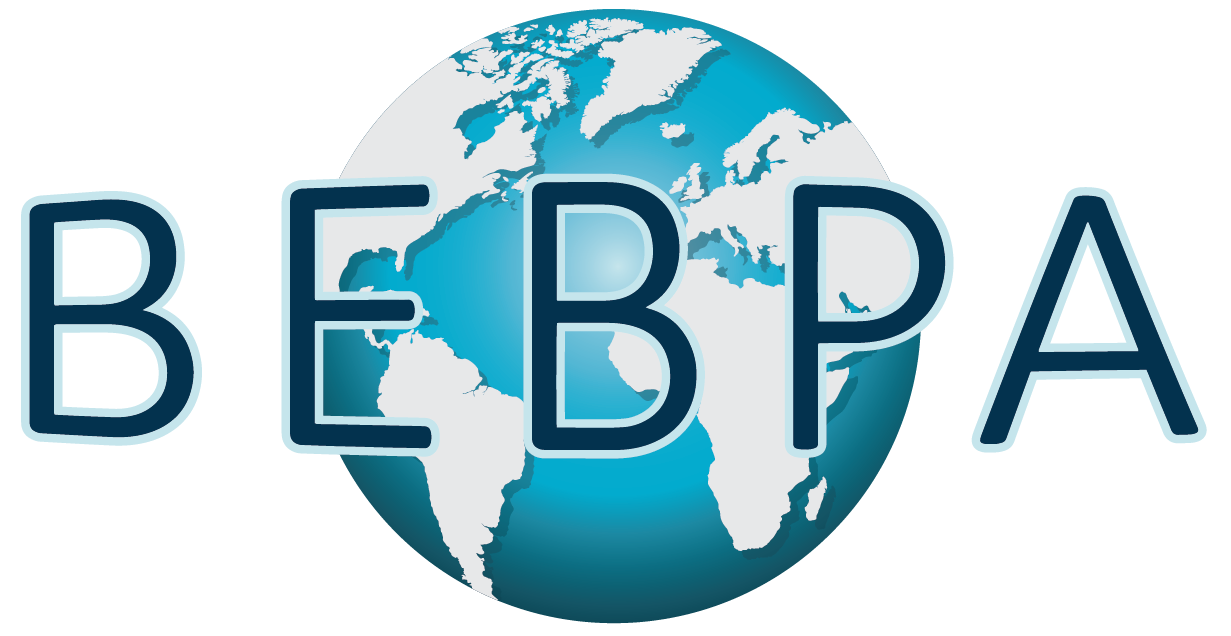BEBPA Blog
Tech Briefing: Developing Potency Assays to Support Early Phase Clinical Studies
The International Conference of Harmonization (ICH) just finalized two guidance documents which discuss analytical methods in depth:
- Q2(R2) Validation of Analytical Procedures Guidance for Industry (Ref. 1)
- Q14 Analytical Procedure Development Guidance for Industry (Ref. 2)
Although these two documents are not potency assay specific guidances per se, both apply to the development, verification, and validation of functional potency bioassays. ICH Q2(R2) is an update of the influential Q2a and Q2b Assay Validation Guidance initially issued in 1996. This original document has been rewritten twice, the first rewrite (ICHQ2(R1), issued in 2005, combined the two original guidances into a single document and clarified some of the terminology. The current rewrite (ICHQ2(R2)) is a more comprehensive rewrite and was just recently approved, as was the new Q14 guidance. These two documents are meant to be read together and cover the development and validation of analytical methods.
- ICH Q2(R2) provides guidelines for demonstrating evidence that an analytical procedure is fit for purpose.
- ICH Q14 describes scientific principles and a risk-based approach for the development of suitable analytical procedures.

Some of the main changes in ICHQ2(R2) include:
- Suitable data derived from development studies (see ICH Q14) can be used as part of validation data.
- When an established platform analytical procedure is used for a new purpose, reduced validation testing is possible, when scientifically justified.
- Some definitions have been amended to be more aligned with biological and non-linear analytical procedures as for linearity → Reportable range. (Such as potency assays with 4PL model fits!)
- The table of performance characteristics vs validation tests has been updated:
- A new Annex 1 was added.
- Linearity has been replaced by “Working Range” and consists of “Suitability of calibration model” and “Lower Range Limit verification” (QL/DL) Depending on the sample preparation and the analytical procedure selected, the reportable range will lead to a specific working range
At the upcoming BEBPA Hybrid European Bioassay Conference, we have recruited several speakers to discuss what some of these changes imply for potency assays. Two such speakers are:
- Total Analytical Error: The Not Any-More Missing Link Between Validation Guidelines Such as ICHQ2(R2), ICHM10, USP 1033, USP 1210, and Many Others
Eric Rozet, Director Statistics, Pharmalex Belgium - Biological Assays Linearity: Making the Link with Assay Intended Use to Derive Fit-forPurpose Acceptance Criteria
Capucine Lepers, Principal Statistician, GSK
ICH Q14 emphasizes that the scientific principles within it can be applied in a phase-appropriate manner during the product’s lifecycle and are not intended to introduce new regulatory requirements. Q14 defines the concept of the Analytical Target Profile (ATP) and discusses the use of risk assessment to help guide the analytical development.
In potency assays, the primary ATP one needs to understand is the proposed mechanism of action (MoA) of the therapeutic drug. The development group needs to link this proposed MoA to the proposed functional bioassay. Once this is done, Q14 discusses how the analytical development team will identify necessary analytical characteristics of the method. This document also discusses the lifecycle of the procedure.
At the upcoming BEBPA Hybrid EUR Bioassay Conference, several case studies of various development projects will be discussed. These talks will show the nitty gritty of what it really takes to select appropriate assays and develop them for use in a regulated QC lab. These talks include:
Case Study: Optimization of an Early Phase Enzyme-Based Potency Assay to Detect NN1 Activity
Jon Christensen, Senior Scientist, Novo Nordisk A/SNavigating Phase-Appropriate Potency Testing for Cell and Gene Therapy Products
Alicja Fiedorowicz, Senior Consultant, Dark Horse ConsultingUsing a Design of Experiments (DOE) to Optimize the Operating Conditions of a Serum Bactericidal Assay
Capucine Lepers, Principal Statistician, GSK
These are just some of the talks currently on our emerging meeting agenda. Take a look to see the topics and newly added talks.This annual conference is the must attend bioassay conference, where the community gathers and discusses critical new guidances, new scientific breakthroughs and shares experiences on how to make the best bioassays. This meeting routinely sells out, so don’t wait too long and get left out. Register today!
- Q2(R2) Validation of Analytical Procedures Guidance for Industry, March 2024 https://www.fda.gov/media/161201/download
- Q14 Analytical Procedure Development Guidance for Industry, March 2024 https://www.fda.gov/media/161202/download
